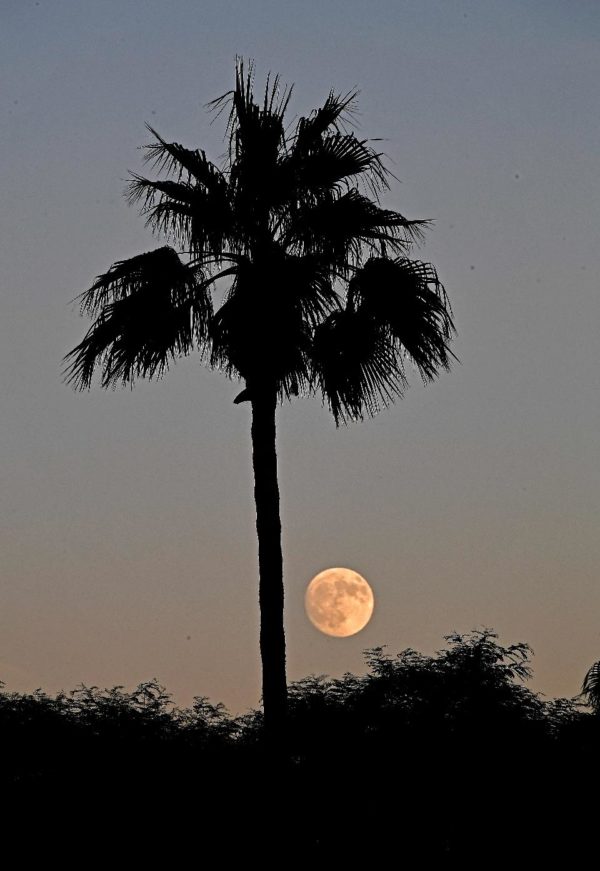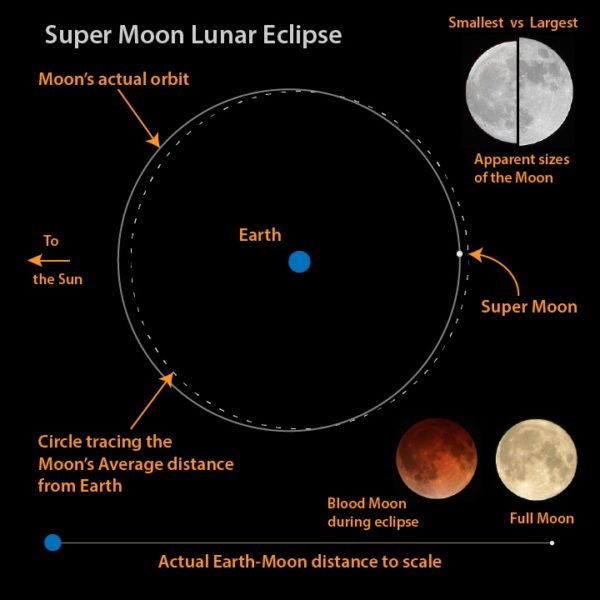"For most people, we often marvel at the beauty of a sunrise or the magnificence of a full moon, but it is impossible to fathom the magnitude of the universe that surrounds us." -Richard H. Baker
This coming Monday, November 14th, 2016, a full Moon will occur extremely close -- within 90 minutes -- of a very, very close lunar perigee. The Moon will come within 356,509 km of Earth while 99.9% full, making this the most “super” Supermoon Earth has seen in 68 years. No matter where you are on Earth, if you have clear skies, it’s worth a look, particularly right before dawn, where it’s at its closest and brightest.
 Look for a setting full Moon just before sunrise on November 14, 2016, to see it at its fullest and brightest. (Image credit: Frazer Harrison/Getty Images.)
Look for a setting full Moon just before sunrise on November 14, 2016, to see it at its fullest and brightest. (Image credit: Frazer Harrison/Getty Images.)
But what are the facts about a Supermoon, and what are the fictions? How does it impact the tides? How much closer does this Supermoon come than other close, bright full moons? Will there be an eclipse with it? Why is it called the Beaver Moon? And does it have anything to do with a woman’s menstrual cycle?
- Log in to post comments






I like this idea a lot. I wonder if a future post about the article below can debunk this theory behind an adjustment in general relativity to exclude dark matter particles.
Emergent Gravity and the Dark Universe
Erik Verlinde
arxiv.org/pdf/1611.02269.pdf
This theory postulates that dark matter does not exist. It is really entanglement what connect space time together that changes the nature of gravity as a fallout of quantum holographic information theory. In short, NO DARK MATTER.
Thank You Ethan. That was quite fascinating, particularly about women's menstrual cycles not following the moon. A few years ago, I read a post by one of your Sciblings (I forget who) which mentioned that the belief that mental illness was correlated with full moons (hence lunacy) was actually incorrect, and the mentally ill were no more likely to have an episode during the full moon than any other time.